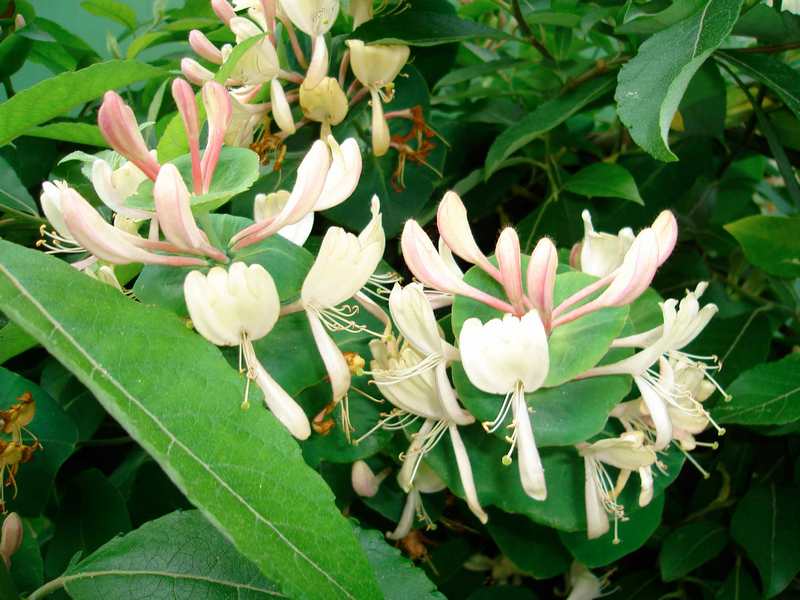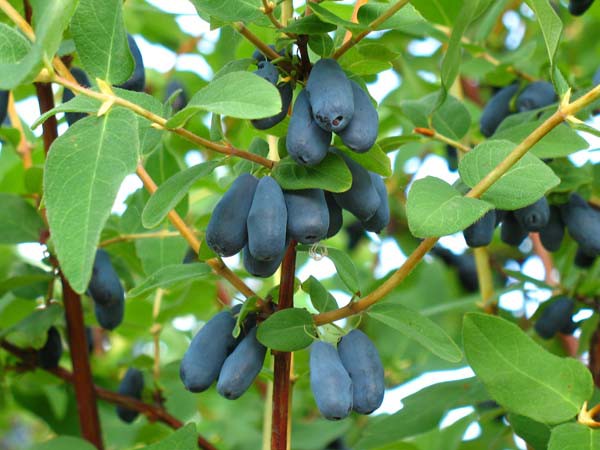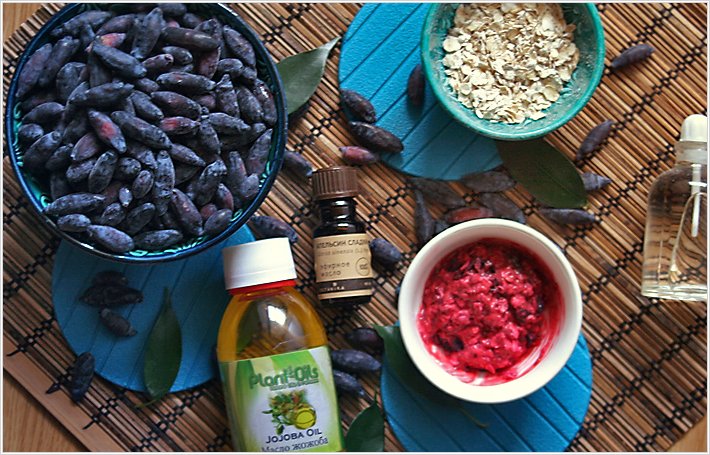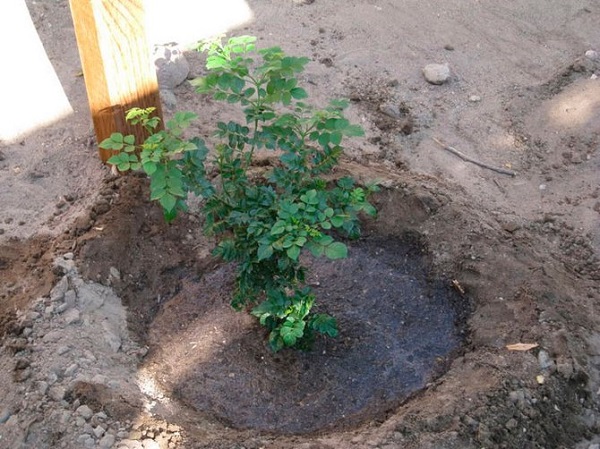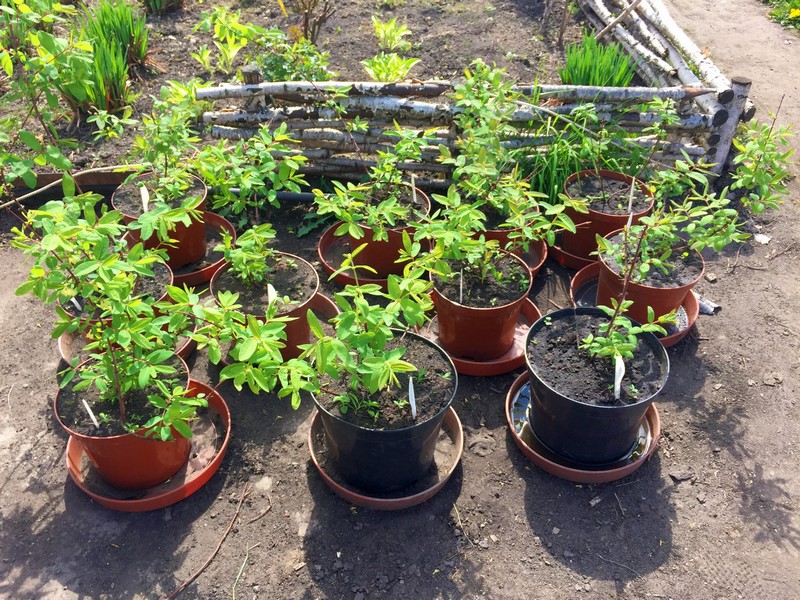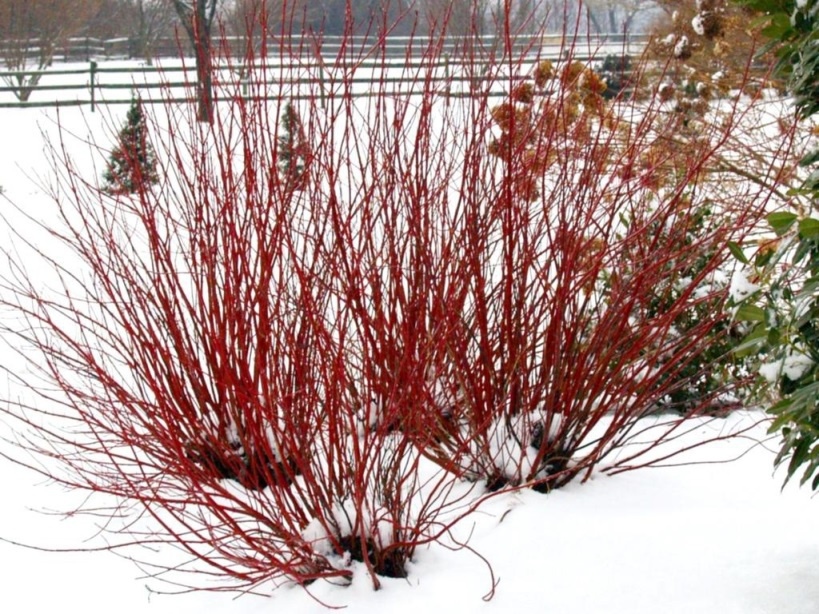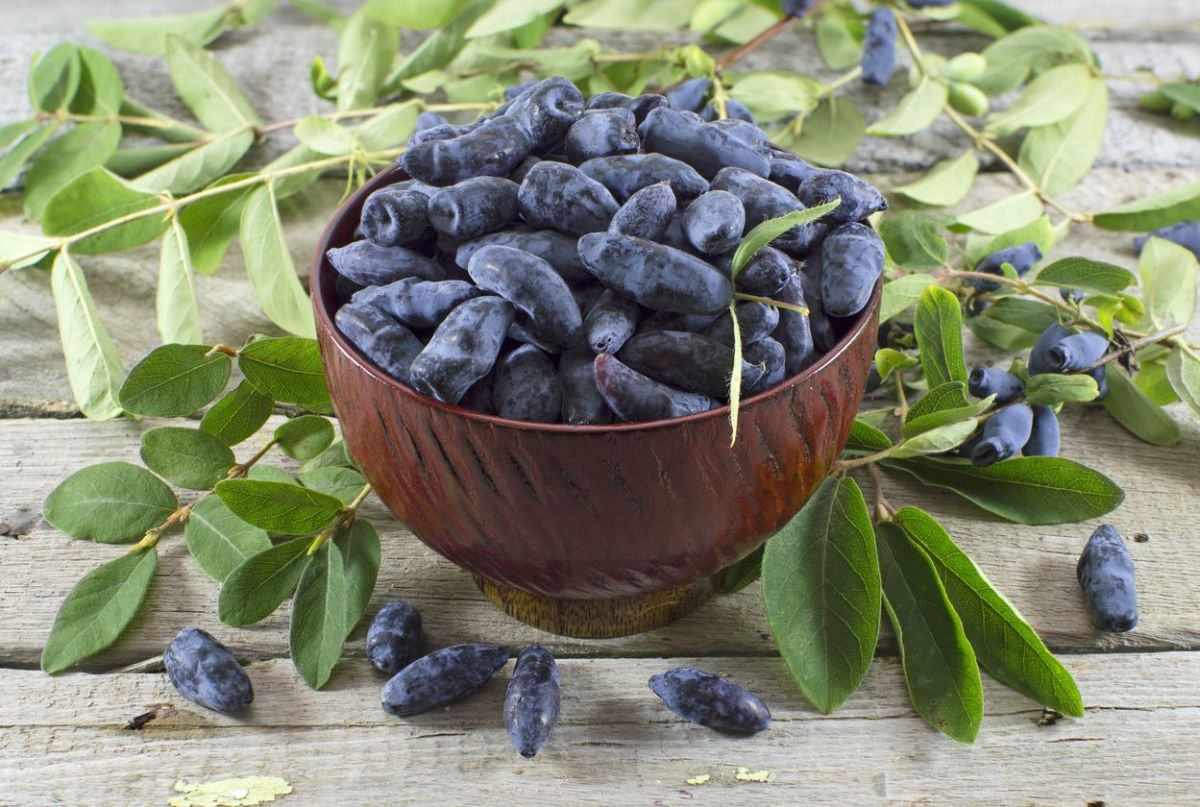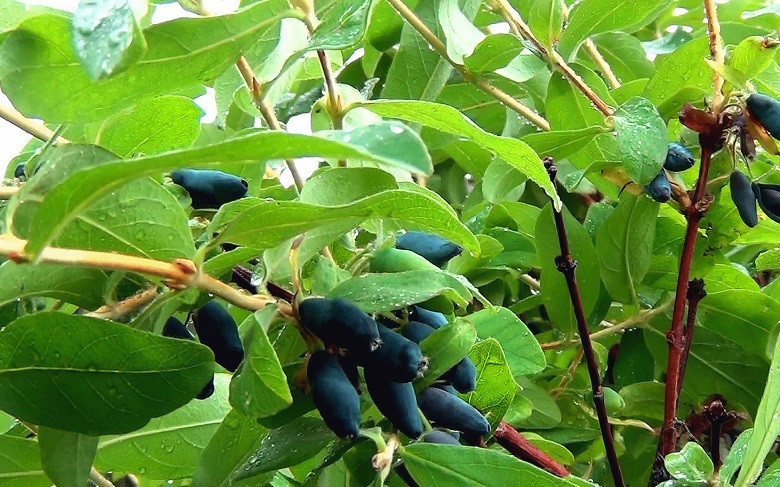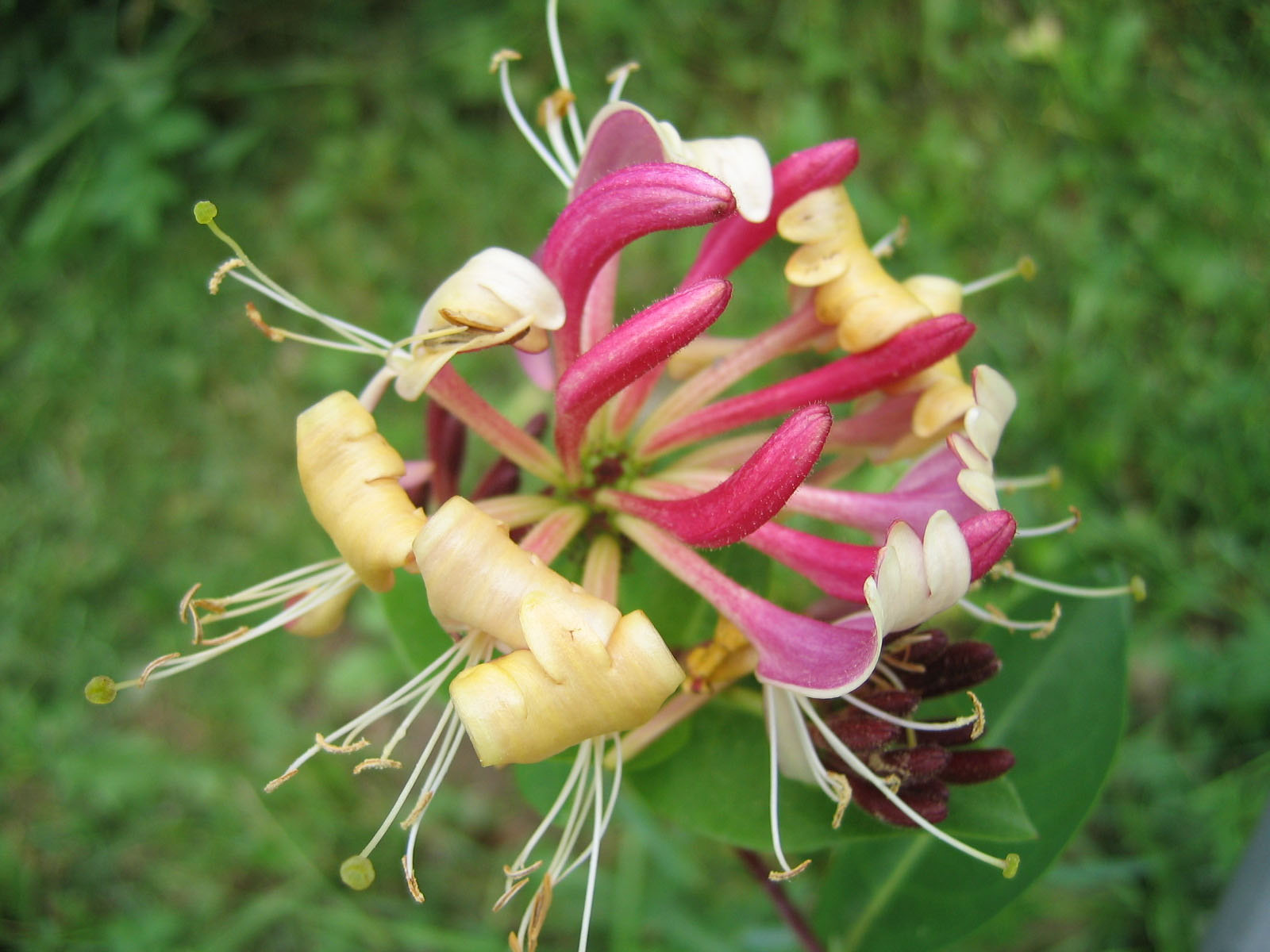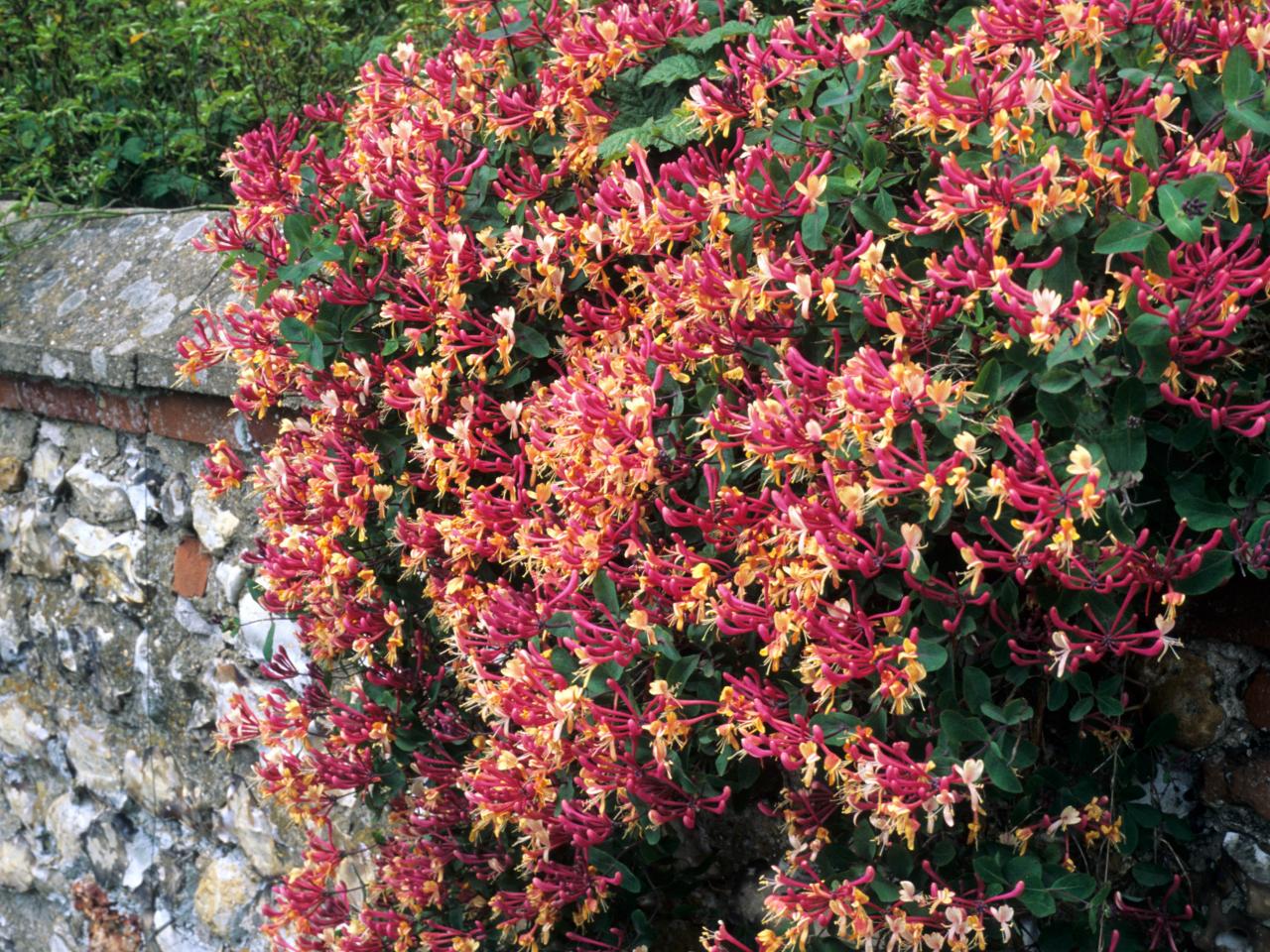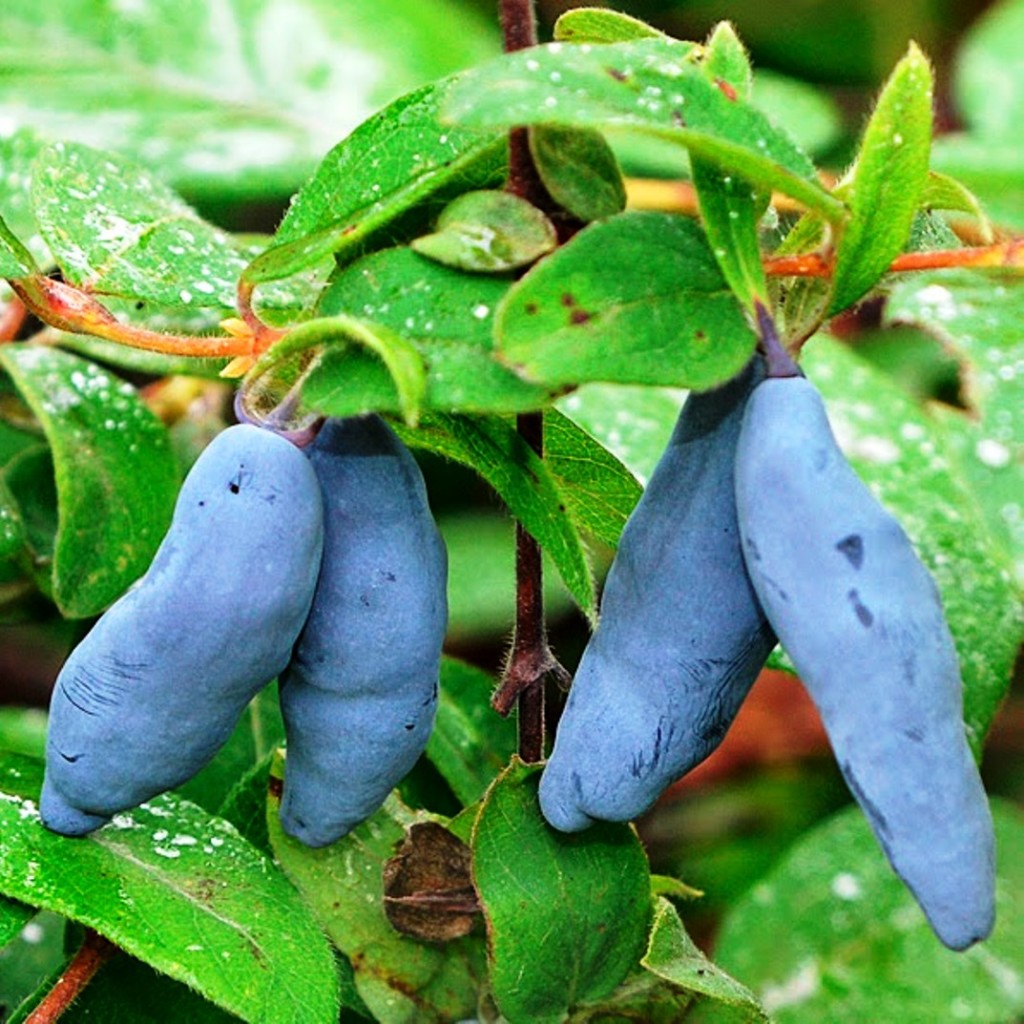Content:
Hearing the name of this plant, many still wonder what honeysuckle is. Despite the fact that this culture is ancient, little is known about it in the country, but in cold regions, honeysuckle (this is the second name of the plant) is already popular because of its ability to bear fruit even in the harsh northern climate.
What is honeysuckle
Garden honeysuckle is the main variety of edible wild plants, the representatives of which can be found on Sakhalin, Siberia and some regions of the Far East. The honeysuckle plant found in Kamchatka is called cherry in this region.
There are about 200 types of honeysuckle, and most of them are used to decorate gardens. Someone grows a shrub for medicinal raw materials, but real gourmets have already appreciated the taste of the fruit.
By the way, in many species the fruit is inedible. Therefore, in order not to be mistaken in the choice, you need to have an idea of what kind of plant honeysuckle is.
The deciduous shrub belongs to the perennial family of olives. It reaches an average height of 1.5-1.8 m, has a wide crown (about 2 m). An adult bush has up to 25 branches.
The trunk of the plant and old shoots are covered with a spongy, flaky bark of a grayish brown color, which is capable of flaking. Slightly drooping young pubescent branches have a reddish surface.
The leaf is oblong or lanceolate, reaching 2 cm in width and 6 cm in length. At the same time, the petioles are small, and the edge of the plate is dotted with thin bristles. Depending on the season, the foliage changes its shade: in June, the green color is complemented by yellowness, closer to autumn - blue. This sometimes becomes the subject of controversy about what honeysuckle looks like.
The flowering of the honeysuckle bush occurs at the turn of spring and summer, and this phase in development lasts 2 weeks. The classic plant has a white flower with long stamens extending beyond the bell.
Knowing only by hearsay how honeysuckle blooms, you may not notice other varieties of culture. On plots, in parks, yellow, red, purple honeysuckle is also planted, which differ from the usual standard.
Features of culture
Having studied the description of honeysuckle, you should pay attention to some of the characteristic features of the plant:
- early berry - already from the end of June for 3-4 weeks it is possible to harvest, but it should be borne in mind that the fruits quickly crumble;
- self-fruitless honeysuckle - pollinated only by bees, therefore, it is recommended to plant at least 2 bushes on the site;
- the first and 2 subsequent years, the plant is gaining weight and only then will it begin to bear fruit;
- the frost resistance of edible honeysuckle is amazing - the plant is not afraid of cold at -50 degrees or more; but in the southern regions, where frequent temperature changes are characteristic, the bush may die if, having felt a false thaw, the buds wake up ahead of time; in this case, it will be difficult to reanimate the plant;
- honeysuckle easily tolerates drought, but such weather negatively affects the taste of the fruit;
- the plant loves moisture, but does not tolerate stagnant waterlogging.
The culture attracts gardeners with its unpretentiousness in the choice of soil and the fact that it develops calmly even in the absence of care.Another feature of honeysuckle is good compatibility with stone and pome fruit plants. The apple tree perfectly complements the shrub. This fruit, combined with honeysuckle, exudes an amazing aroma in the garden.
The berry, especially the branching vines, like it when a hazel tree grows nearby. The stems of the shrub encircle the tree, using it as a support.
Honeysuckle berries
The classical plant produces a juicy, long, elliptical fruit of 9-12 mm with small but numerous seeds. The honeysuckle berry is colored black with an intense bluish bloom. In later varieties, you can see various shapes of fruits: cylindrical, barrel-shaped, round, etc.
And the color of honeysuckle berries depends on the grade and type: the edible fruit is light blue, pink and gray-black. Yellow-orange and red (also called wolf berries) are poisonous and suitable only for decorative cultivation.
The fruit has a sweet and sour taste, not pronounced, but with a refreshing effect. Berries begin to smell fragrant even at the stage of immature. They prefer to eat the fruits fresh, but honeysuckle goes well in fillings for pies, making jelly, jelly, jam, juices and other drinks.
Varieties
To create varieties of the numerous family of honeysuckle, breeders used not only edible wild-growing shrubs, but also other types of honeysuckle:
- Altai - a tall plant (under 2.5 m), with a small number of branches (from 6 to 28), while all shoots are of different ages;
- Kamchatka - grows up to 3.5 m and is capable of forming from 13 to 20 branches;
- Kunashirskaya - although it is considered a variety of Kamchatka, it has a dwarf growth (rarely grows to 1 m), but it is rich in shoots - their number reaches 50 stems.
Each variety has its own characteristics, and plants differ not only in geometry. The classification takes into account when the honeysuckle ripens, what fruits it gives (in shape, color, taste). Gardeners are most often attracted by this grouping of varieties:
- with fragrant fruits;
- with bitterness;
- odorless and bitter.
Summer residents try to ignore fruits that have a bitter taste, choosing a honey variety (Long-fruited, Raisin, Lebedushka, Fianit, Amphora and others). There are other criteria that gardeners pay attention to:
- with a high content of vitamin P: "Sorceress", "Lenita", "Selena";
- some people prefer the sour taste that vitamin C provides: "Dessert", "Zarnitsa", "Souvenir";
- the compactness of the bush is attractive for small areas, these are the varieties: "Blue Spindle", "Lazurit" (one of the largest-fruited varieties of honeysuckle).
Note! It is also worth pointing out the "Chosen One", whose berries do not crumble, "Sibiryachka", which gives high yields of fragrant sweet fruits, "Blue Bird" for the combination of many positive qualities.
Application
Several different varieties of crops are being planted on the site. When red honeysuckle is combined with yellow, purple, blue, the garden transforms beyond recognition. Therefore, one of the purposes of the berry is decorative.
Due to the strong thickening of the bushes, honeysuckle is an excellent opportunity to arrange a hedge around the perimeter of the site, or shade a gazebo with a berry tree or cover up nondescript garden buildings.
The main use of edible fruits, after all, is nutritional value, as well as traditional medicine. The properties attributed to honeysuckle are: diuretic and laxative, tonic, anti-inflammatory and antiseptic, anti-scorching and restorative.
Note! In medicinal recipes, the traditional berry of a bluish-black tint is used, but the healing properties of the leaves of the plant are more pronounced.
Benefits and contraindications
The berry contains many useful components, but it is especially valued for its P-active compounds. There are up to 1830 mg of them in 100 g of fruits.Honeysuckle is the leader among cultures in terms of the content of trace elements and minerals (especially magnesium and sodium). In terms of the presence of potassium, it is inferior only to lingonberries.
By the content of ascorbic acid in fruits, honeysuckle is not inferior to blackberries (from 20 to 80%). It is enough to eat 100 g of fresh fruits to provide the body with a daily intake of vitamins of group B. Sugars (up to 13%) should also be allocated: galactose, glucose, fructose, as well as pectins (up to 2%), organic acids (1%). There are also anthocyanins, carotenoids, catechins, flavones.
It is understandable why such a composition did not go unnoticed by traditional healers. Honeysuckle is used to treat a number of diseases:
- fruits in fresh and processed form are useful for hypertensive patients and heart patients;
- recommended for diabetes mellitus, vitamin deficiency, gastrointestinal and liver diseases;
- used for both diarrhea and chronic constipation;
- systematic consumption of fruits allows you to cope with arthritis and other inflammatory processes;
- food, including the healthy fruit of honeysuckle, is recommended by ophthalmologists - the composition has a beneficial effect on the retina;
- indicated for edema of any nature (a decoction of young leaves together with twigs is especially effective);
- it is good to gargle with a decoction of the foliage and heal purulent inflammation of the skin;
- dry leaf powder and ground bark accelerate wound healing.
Additional Information. It should also be noted the low calorie content of fruits, which allows them to be included in diets for weight loss. The culture is especially valued for its antioxidant properties, which allow not only to slow down aging, but also to cope with cancer cells.
The above list is incomplete, but it can also be used to judge how obvious the benefits of honeysuckle are. Although even here there is a small "fly in the ointment":
- excessive consumption of berries can be harmful, manifested by cramps in the muscles and abdomen, and also cause diarrhea;
- allergy sufferers should be careful to introduce this product into the diet so as not to provoke a hypersensitive reaction;
- pregnant and lactating women are contraindicated, since the baby's body can react negatively to honeysuckle.
For the rest, it is even recommended to use medicinal berries to strengthen immunity and stabilize metabolic processes.
Landing
Having understood from all of the above what is honeysuckle, novice summer residents will certainly want to grow it at home. Fortunately, the plant is not capricious. But it is better if the site has a fertile loose soil above pH7. To get a better quality berry, it is recommended to choose well-lit places.
Honeysuckle also bears fruit in a shaded place, but then the berry will be very bitter. The only limitation is that the groundwater table must be sufficiently low.
It was mentioned above that honeysuckle will need a pollinator, so you shouldn't be limited to one bush. The best option is to have several varieties with different ripening periods.
Landing scheme
Having chosen a site, pits are prepared, the dimensions of which and the distance between them are determined by the variety:
- for small bushes, a hole is made 0.3x0.4 m;
- for tall ones - a square with a side of 0.6 m;
- between low-growing varieties withstand intervals of 0.7-1 m with 1-2 m row spacing;
- for medium-sized, respectively, 1.5 m from each other and 2 m between the rows;
- tall individuals should grow in steps of 1.5 m and a row spacing of 2.5 m.
Having dug holes, 1 part of sand and peat, 3 parts of humus and 2 parts of sod land are laid on the bottom. There is no need to add mineral fertilizers - the plant will feel comfortable anyway.
Care
When they say that honeysuckle is unpretentious, it does not mean that you do not need to care for it. If you want to get a good harvest and keep the variety, you should provide the berry grower with decent care.
Watering
This event is performed as the soil dries up, then the fruits will not lose their qualities.Honeysuckle prefers high air humidity, so it is recommended to mount a sprinkler between rows. At the same time, they try to prevent waterlogging in the cold season.
Nutrition
Every year in the spring, it is advisable to feed the plants with organic matter. This will provide increased yields.
Formation of bushes
Pruning honeysuckle in the spring is a must. It is carried out for sanitary purposes - to remove diseased and damaged stems. Pruning branches and thinning shrubs are carried out as needed (but not at first after planting).
Pest control
Possessing high antibacterial properties, the plant is quite resistant to infection by fungi and other infections. But the shrub is often attacked by weevils, aphids and fingerflies. They will have to fight with insecticides.
Other care
It boils down to periodic loosening of the soil, when a hard crust forms on the surface and weeds grow. It should be deepened into the ground up to 7 cm. It will also be necessary to carry out the autumn digging of the near-trunk circle with turning over the earth in order to destroy the insect masonry.
Reproduction
Sometimes a cultivated berry plant is bred with seeds, but in this case you only need to use freshly harvested material. Some gardeners try to purchase ready-made seedlings from the nursery. It is recommended that you ask the staff to show the honeysuckle sprouts to review the assortment on offer and to select the most resistant seedlings.
Experienced farmers try to propagate honeysuckle on their own if they already have bushes on the site. Vegetatively, you can do this by layering using the lower branches of annuals, but more often cuttings are used.
With the help of "brilliant green"
Harvesting is carried out at the end of June, when the berries are ripe, and the active growth of shoots will stop. Choose branches 8-12 cm long, with at least 2 internodes. Cut off shoots are immediately planted in ridges enriched with peat and humus. The next year (preferably in the fall), the rooted cuttings are transplanted to a permanent place.
Lignified stems
For reproduction, cutting is done before the winter frosts, taking cuttings 25 cm long. They are dropped into the sand and stored in the basement. Planting is carried out in fertilized ridges in April-May (depending on the established weather). The plant is preliminarily treated with phytohormones to stimulate rooting.
Preparing for winter
Since the plant ends fruiting early, by autumn the bush will drop almost all the foliage, and it will be easier to prepare it for the winter. Autumn pruning is carried out when the honeysuckle reaches 6 years old. The berry is thinned out and rejuvenated by performing these procedures every 3 years.
Broken, dried, diseased branches are removed. First, they begin to process the upper tier of the bush, then move on to the lower, more shaded. Removing old branches, they try to leave 5 powerful trunks on the bushes.
Lying shoots, as well as those not participating in fruiting, are also best removed. It is not worth it to shorten the tops, because the main flowering "gene pool" is concentrated there.
The trunk circle is cleaned of residues of mulch and fallen leaves. Feeding is carried out with potassium-phosphorus fertilizers.
There is no need to insulate the bush berry for the winter (except for branched decorative elements). But honeysuckle should be protected from rodents and birds so that they do not eat up the buds and spoil the bark. For this purpose, synthetic bags or nets are used.

